Chapters in Development
Examples for Sight-counting and Sight-singing: Level 2
Levi Langolf
Key Takeaways
- No new beat units, time signatures, or beat divisions are introduced in this chapter.
- This chapter includes dotted rhythmic values that have a duration smaller than a full measure. (To review this topic see Rhythmic and Rest Values.)
- A tie is a curved line that connects two or more notes with the same pitch. Tied-to notes are not rearticulated.
- Dynamics and articulations are covered in this chapter. (To review this topic see Other Aspects of Notation.)
- Melodies within this chapter include leaps of thirds, fourths, fifths, and octaves within the tonic triad.
- This chapter includes two-part rhythms and two-part melodies.
This chapter builds upon the prior gradated rhythms and melodies. Previously studied meters and key signatures are included. Knowledge of dynamics, articulations, and phrase markings is assumed from the beginning of this chapter. All exercises are author-composed.
Section 4
The following eight exercises contain dotted rhythmic values that do not have the duration of a full measure. Dynamic markings as well as crescendos and decrescendos are now included.
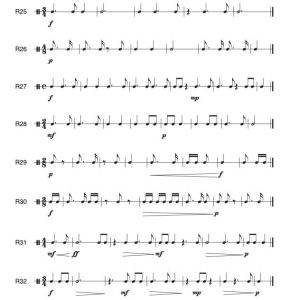
The following two exercises contain dotted rhythmic values that do not have the duration of a full measure.

The following four exercises are melodies in the major mode that contain adjacent leaps of thirds and fourths within the tonic triad.
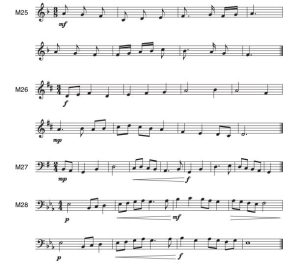
The following four exercises are melodies in the minor mode that contain adjacent leaps of thirds and fourths within the tonic triad.
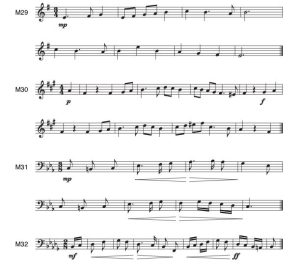
The following two exercises are two-part melodies that contain adjacent leaps of thirds and fourths within the tonic triad.
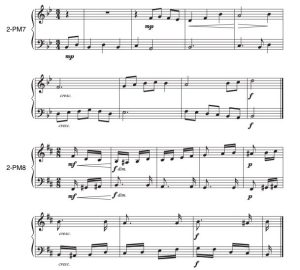
Section 5
The following eight exercises are rhythms that contain ties that are within measures. Articulations are now included.
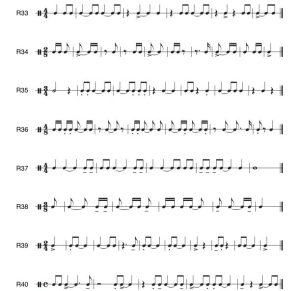
The following two exercises are two-part rhythms that contain ties that are within measures.

The following four exercises are melodies in the major mode that contain more frequent adjacent leaps of thirds and fourths within the tonic triad.
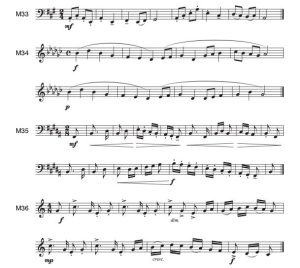
The following four exercises are melodies in the minor mode that contain more frequent adjacent leaps of thirds and fourths within the tonic triad.
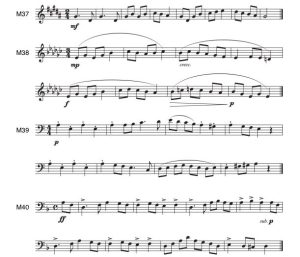
The following two exercises are two-part melodies that contain more frequent adjacent leaps of thirds and fourths within the tonic triad.
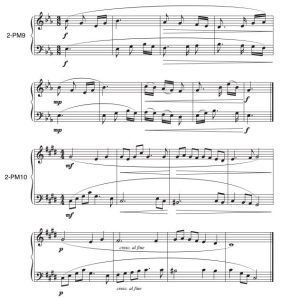
Section 6
The following eight exercises are rhythms that contain ties that extend across bar lines.
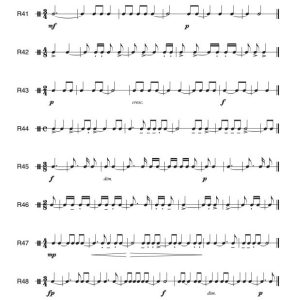
The following two exercises are two-part rhythms that contain ties that extend across bar lines.
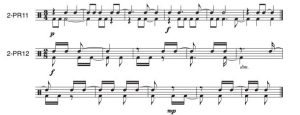
The following four exercises are melodies in the major mode that contain larger leaps of fifths and octaves within the tonic triad.
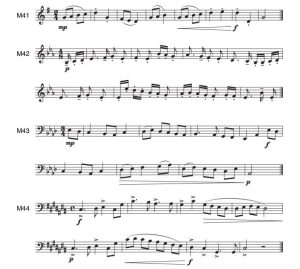
The following four exercises are melodies in the minor mode that contain larger leaps of fifths and octaves within the tonic triad.
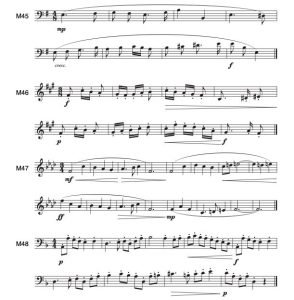
The following two exercises are two-part melodies that contain larger leaps of fifths and octaves within the tonic triad.
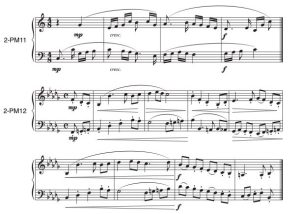
Media Attributions
- Section 4 Rhythms
- Section 4 Two-part Rhythms
- Section 4 Major Melodies
- Section 4 Minor Melodies
- Section 4 Two-part Melodies
- Section 5 Rhythms
- Section 5 Two-part Rhythms
- Section 5 Major Melodies
- Section 5 Minor Melodies
- Section 5 Two-part Melodies
- Section 6 Rhythms
- Section 6 Two-part Rhythms
- Section 6 Major Melodies
- Section 6 Minor Melodies
- Section 6 Two-part Melodies

